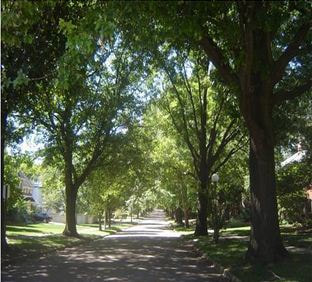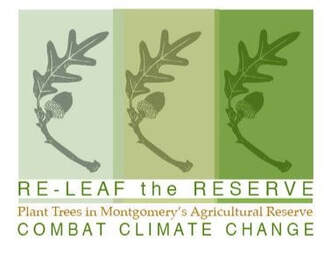Still missing from the plan are the chapters that specifically outline the goals and action items on environmental protection and climate mitigation that were stripped from the plan after the public hearings (see: Thrive By the Numbers for a comparison of the document created with public input and this far more watered down one the Council is moving toward approval).
Councilmember Hans Riemer even called for these sections to be put back into the plan at a worksession in July. CM Riemer says “I’m definitely convinced we need to have the chapter on the environment back in the main plan. Like no question about that. Let’s do that." So we are left to wonder - where is is?
Dismissing concerns and those who express them (repeatedly and in slick production) about the implications of the draft “Thrive” plan as myths reflects the continued disdain held for the public by Planning.
We are proud to have joined with other civic organizations to call on the Council to add a comprehensive green infrastructure plan as a core priority of the Thrive 2050 plan. Green Infrastructure includes things like: interconnected greenway spaces, conservation landscaping including tree plantings and rain gardens, and constructed wetlands.
This letter does not just call for green infrastructure to be made a priority - but the equitable distribution of the green infrastructure as well.
The measure of "Tree Equity" is a term coined by planners to address the the disparity in green infrastructure in low income neighborhoods. Lower tree canopy is statistically correlated with poor health outcomes. Green infrastructure can make healthier and more resilient communities (improving air quality, reducing flooding, reducing temperature) and makes the biggest impact in the most vulnerable neighborhoods, just the sort of solution we should be prioritizing as we plan decades ahead.
The letter urging Green Infrastructure planning has gone to the Council but we need your help to amplify the message - please take two minutes to send the Council a note.
- 85% fewer suggested actions
-Half the protection
-Setting 80% fewer goals
-About two-thirds less concerned about the climate
-60% less focused on equity
-10% more focused on growth
-80% less concerned about food - be that growing it or accessing it
-Half the concern for forests
-73% less concerned with resiliency, climate or other wise
Dig into all this Data Here














